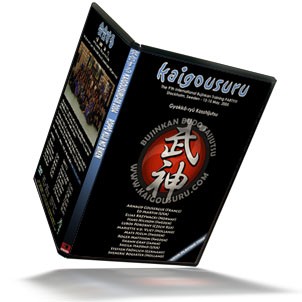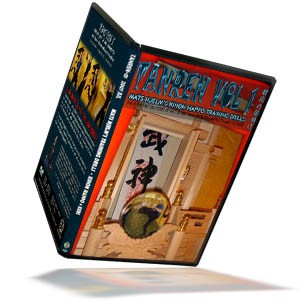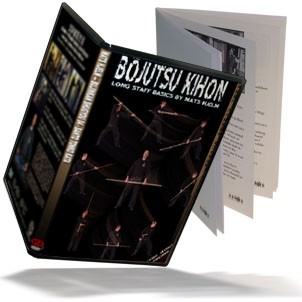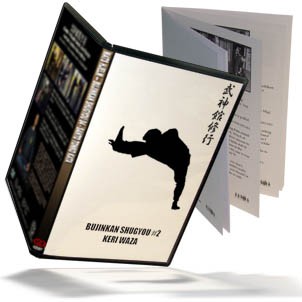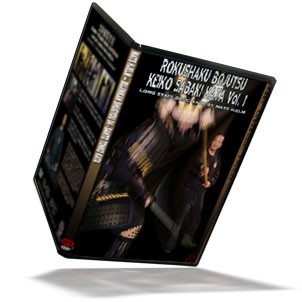KAIGOUSURU 2007 TAIKAI – The BEST and the LAST Training Party
From Budoshop by BUDOSHOP.SE
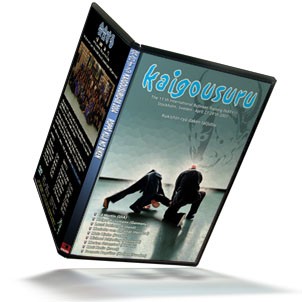 395 minutes (that’s about 6.5 hours material!), get it all for $29.98 Scroll down to get the discount. Or buy videos separately from $11.99.
395 minutes (that’s about 6.5 hours material!), get it all for $29.98 Scroll down to get the discount. Or buy videos separately from $11.99.
Kaigousuru 2007 – the eleventh and The BEST and the LAST Training Party with…
- Ed Martin (USA)
- Holger Kunzmann (Germany)
- Lauri Jokinen (Finland)
- Mariette v.d. Vliet (Holland)
- Mats Hjelm (Sweden)
- Michael Schjerling (Denmark)
- Morten Østenstad (Norway)
- Moti Nativ (Israel)
- Sveneric Bogsäter (Holland)
- Sheila Haddad (USA) was also attending the seminar, she taught massage on the bonus video only.
This years theme was Kukishin-ryu Dakentaijutsu and most of the instructors had been in Japan this year. Many techniques from most Kukishin-ryu Dakentaijutsu levels was taught, the emphasis most instructors taught this year was basics, basics, basics. This was maybe the best Kaigousuru Taikai of all! It was the last Kaigousuru R.I.P.
We had the Kaigousuru 2007 DVD for sale here, now we also released the Bonus material (see below).
395 minutes (that’s about 6.5 hours material!), get it all for $29.98 Scroll down to get the discount. Or buy videos separately from $11.99.
Recorded in Stockholm, Sweden April 2007
All movies are 640×360 (H.264, AAC), in windows rename file from .M4V to .MP4 if you have problems.
Kaigousuru Taikai 2007 part 1
132 minutes Moti Nativ from Israel, Mariette v.d. Vliet from Netherlands, Sveneric Bogsäter from Sweden/Netherlands, Ed Martin from the United States and Mats Hjelm from Sweden all taught Taijutsu and weapons.
Kaigousuru Taikai 2007 part 2
94 minutes Holger Kunzmann from Germany, Morten Østenstad from Norway, Michael Schjerling from Denmark all taught Taijutsu and weapons.
Kaigousuru Taikai 2007 part 3
101 minutes Sveneric Bogsäter from Sweden/Netherlandsd, Holger Kunzmann from Germany, Lauri Jokinen from Finland, Ed Martin from the United States all taught Taijutsu and weapons.
Kaigousuru Taikai 2007 Bonus Material
68 minutes bonus material that didn’t fit on the DVD. Ed Martin taught breathing Exercises, Moti Nativ taught Feldenkrais ATM (Awareness Through Movement), Sheila Haddad taught how to boost energy with massage acupressure.
Special discount prices
All 4 Kaigousuru 2007 videos
Get all four videos above and save $15.97. Total 395 minutes and 4.1 Gb download
…
